Student with Autism Licks Everything
“My autistic student has licking habits.
She licks everything.
Everything means books, paper, plastic, the ground… all.
How should I teach her?”
-M. Basel
It can be a real challenge when students present behaviors that are extreme or that really cross the divide of what is socially acceptable.
Licking everything is one of those…
And having a student who licks everything is actually just a version of stimming behavior that’s so typical in students with autism. There’s no way for you to just expect a student with this type of behavior to suddenly stop.
Instead what you will have to do is redirect the behavior into something more acceptable and also more hygienic.
Why Does She Lick Everything?
First off it’s important to understand that there can be some serious consequences for students who like to engage in self-stimulatory behavior such as this one. When a student with Autism licks objects, licks other people, or licks themselves, it becomes urgent to redirect the licking. This kind of behavior can have some serious consequences like hygiene issues, tissue damage, and social stigma associated with such behavior.
So how do we intervene?
How Can I Help?
There are couple different things that we can do to redirect a student with Autism that licks everything into something that’s more appropriate. One of those things is to encourage the use of chewing tools. These are commercially available and can be purchased in a format that is most desirable for the student. You may have to try a few out to determine which one you like best (like the ones here).
Another possibility is to offer food alternatives so that the licking behavior can be directed to something that is socially appropriate. It could be something that’s cold and provides the sensory stimulation that way, like a Popsicle or ice chips. It could be something chewy that fills the desire to lick in a more sensory way, like gum. Or maybe you’ll choose something like a sugar free lollipop. The goal is really to replace the behavior with something else… and that is going to require constant redirection with the desired replacement behavior.
Remember the Function
Don’t forget the purpose of the behavior. The student clearly has a need for sensory input, so you may want to determine how your meeting those sensory needs in other ways. Do you have items that stimulate the students sense of smell? Or sense of touch? A replacement behavior for licking may not need to be something oral. On the other end of the spectrum, are you providing too much sensory information to the point where your students is chewing to break free from the overwhelming sensory input.
There is a purpose for the behavior, so don’t try to just get rid of it… it may manifest in another way (like hitting or spitting). Instead, shape the behavior into something more desirable. Replace licking with the proper use of chewelry or something similar.
Are you looking for some ROCKIN’ Chewelry- Like the Chewy Wristband featured in the picture below?
Fun and Function features tons (literally tons) of sensory products at a reasonable price… and they don’t pay me to say so. Be sure to click over to their page and check them out!
So How Do I Teach Her?
Now…when it comes to teaching her, putting a book down may trigger the licking behavior. Again, I strongly urge you to redirect that behavior and shape it into something appropriate. But please, please, please keep teaching her. Remember Presumed Competence!
If presenting a book is too much, print or copy pages and put them in sheet protectors. If using math manipulatives can be overwhelming, choose ones that are easily washed and not small enough to be swallowed (like oversized legos). Try things that can be presented on a computer screen or projected onto an interactive whiteboard. Presenting it in that manner might diminish the ability to lick… and when combined with the replacement behavior you may get your opportunity for meaningful instruction.
Keep at it and remember, You Rock!
You May Also Like


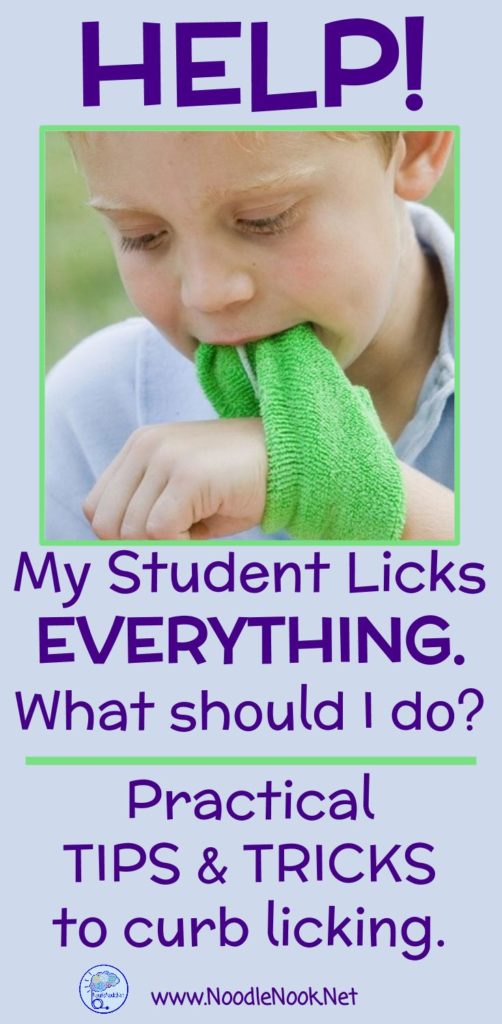
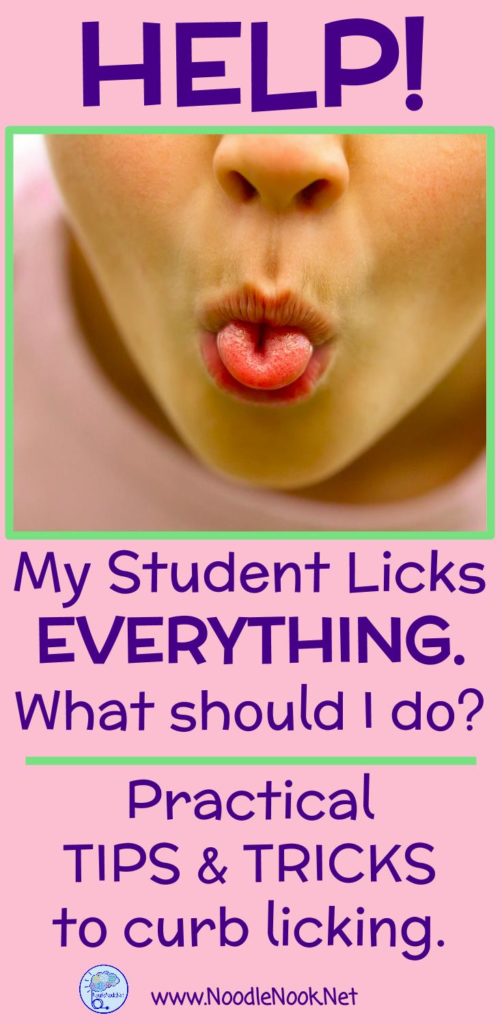

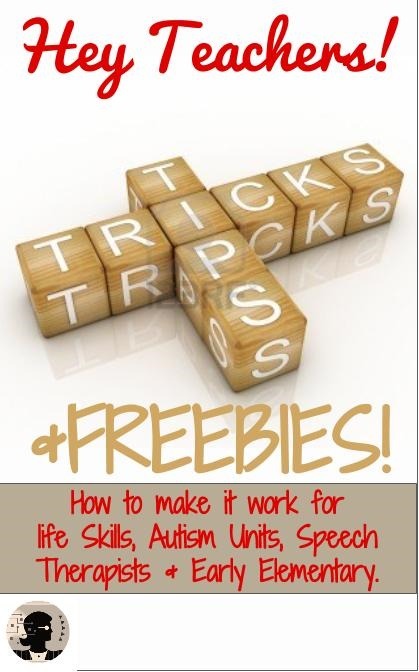
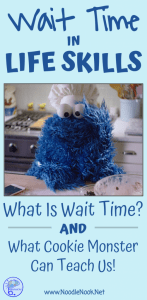

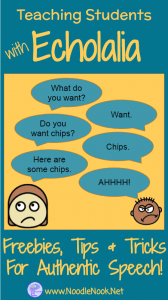
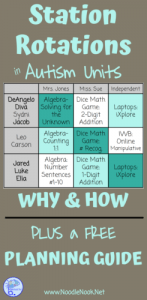


Have the child check for Iron been to low. My child did that all the time and that and many other things where low.
Comments are closed.